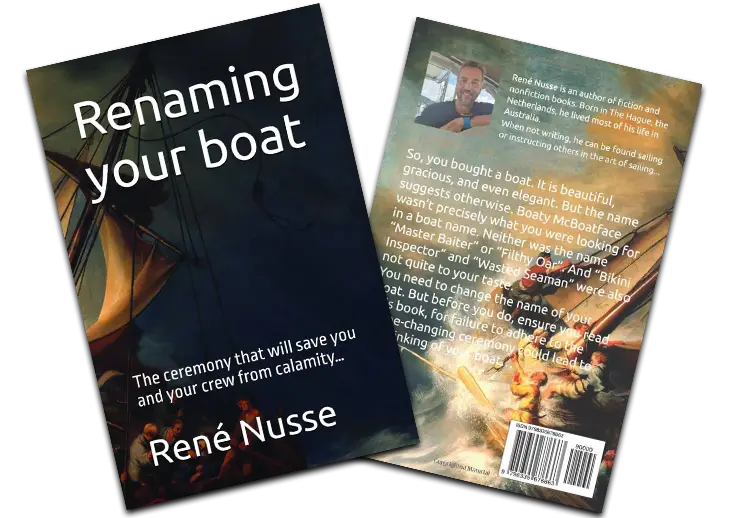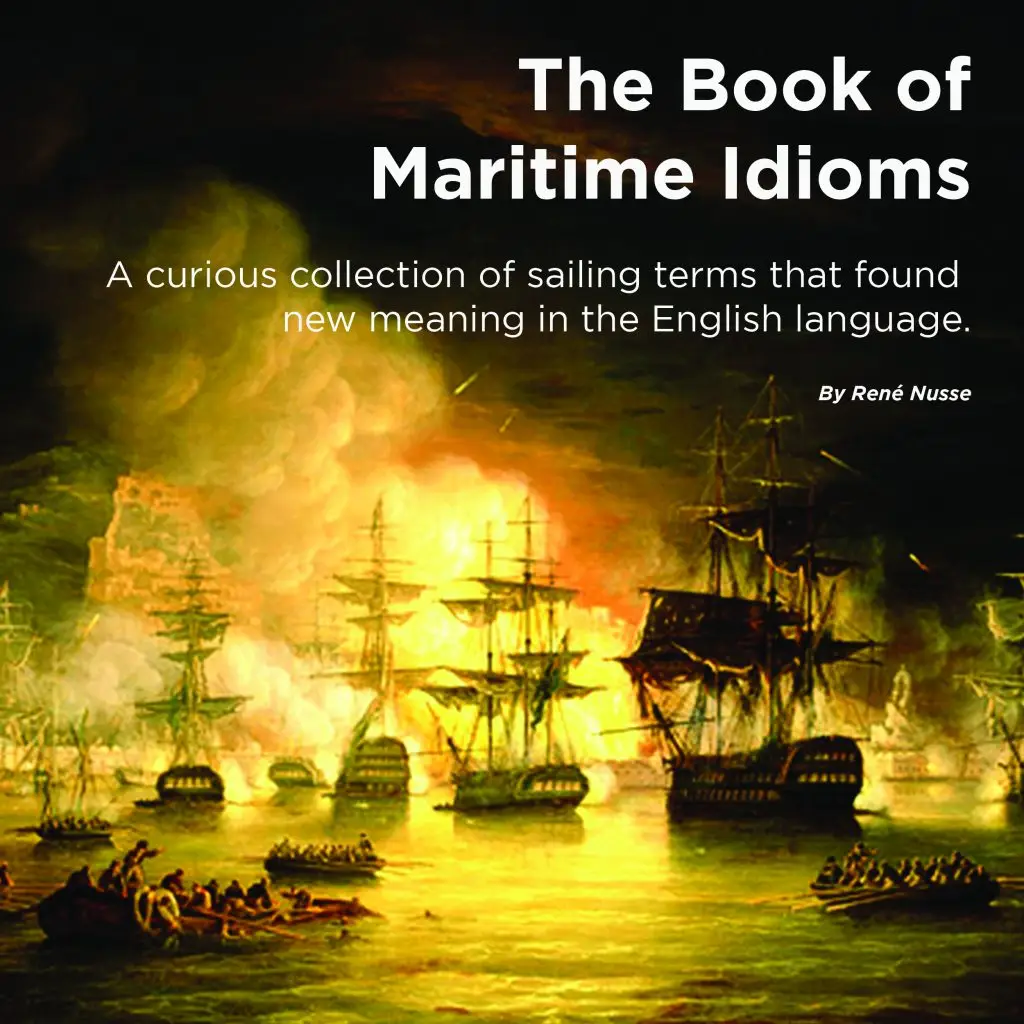Passage planning
Yachting passage planning is crucial to any extended voyage, sailing across a bay or crossing an ocean. A well-thought-out plan helps ensure safety, efficiency, and enjoyment. Here’s a general guide to help you with the process:
1. Define Your Objectives
- Destination: Know exactly where you’re heading.
- Duration: How long do you plan to be at sea? Factor in your crew’s experience and comfort.
- Weather Conditions: Check seasonal patterns and typical weather for your route.
2. Route Planning
- Chart Your Course: Use nautical charts to plot your route. Consider waypoints, potential hazards, and preferred sailing lanes.
- Alternative Routes: Plan for alternative routes in case of weather changes or emergencies.
- Tides and Currents: Understand how tides and currents affect your route and timing.
3. Weather Forecast
- Long-term Forecast: Check weather predictions for your entire passage. Pay attention to wind direction, strength, and potential storms.
- Daily Updates: Keep an eye on weather updates daily or hourly if conditions change rapidly.
4. Navigation
- Electronic Navigation: Use GPS and chart plotters, but always have paper charts as a backup.
- Manual Navigation: Be proficient with traditional methods like sextants and compass navigation.
- Waypoint Management: Input waypoints into your navigation system and ensure you understand each leg of your journey clearly.
5. Safety Considerations
- Safety Equipment: Ensure you have all required safety gear, such as life vests, flares, and a liferaft.
- Emergency Procedures: Plan for emergency scenarios and review safety protocols with your crew.
- Communication: Check that your VHF radio, satellite phone, or other communication devices are functional.
- Bolt-holds: Ensure you have mapped bolt-holds in case you need shelter during your passage.
6. Provisioning
- Food and Water: Stock enough supplies for the entire passage, plus extra in case of delays.
- Medical Supplies: Carry a well-stocked first-aid kit and any necessary medications.
- Fuel: Ensure you have sufficient fuel for your engines and generators.
7. Crew Preparation
- Training: Ensure your crew is trained and familiar with their roles and responsibilities.
- Roles and Duties: Clearly define who is responsible for navigation, watchkeeping, and other vital tasks.
8. Legal and Logistical Considerations
- Documents: Carry necessary documents such as passports, visas, and boat registration.
- Customs and Regulations: Be aware of the entry and exit requirements for the countries you visit.
9. Contingency Planning
- Emergency Contacts: Have a list of emergency contacts and procedures.
- Alternative Plans: Prepare for possible deviations from your plan due to weather or other unforeseen issues.
10. Final Checks
- Pre-Departure Checklist: Review a final checklist to ensure everything is in order.
- Crew Briefing: Brief your crew on the plan, roles, and expected challenges.
By carefully considering each of these aspects, you can improve the safety and enjoyment of your yachting passage.

NAVIGATION RULES CLINIC + BASIC SAIL TRIM COURSE
These FREE online sailing lessons are a great refresher courses for EVERYONE.
Take these FREE courses now and check out how simple and easy it is to take a NauticEd online sailing course.Estimated time: 20 minutes each.
Author
-

Rene is a keelboat instructor and sailing coach in the Mandurah area WA. He is also the author of several books about sailing including "The Book of Maritime Idioms" and "Renaming your boat".
View all posts


